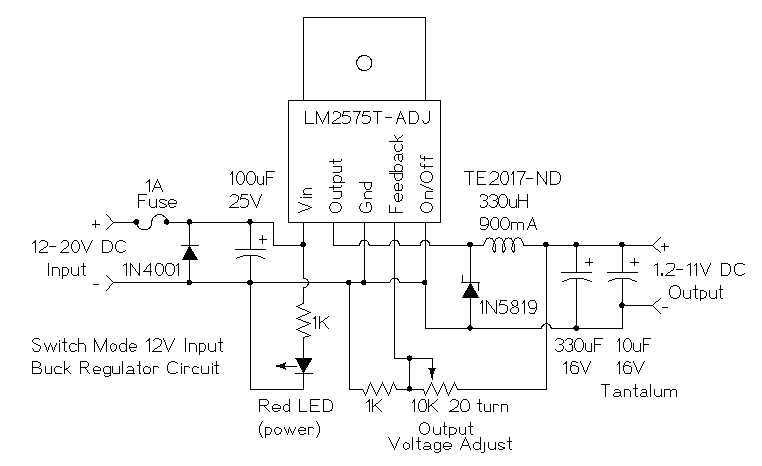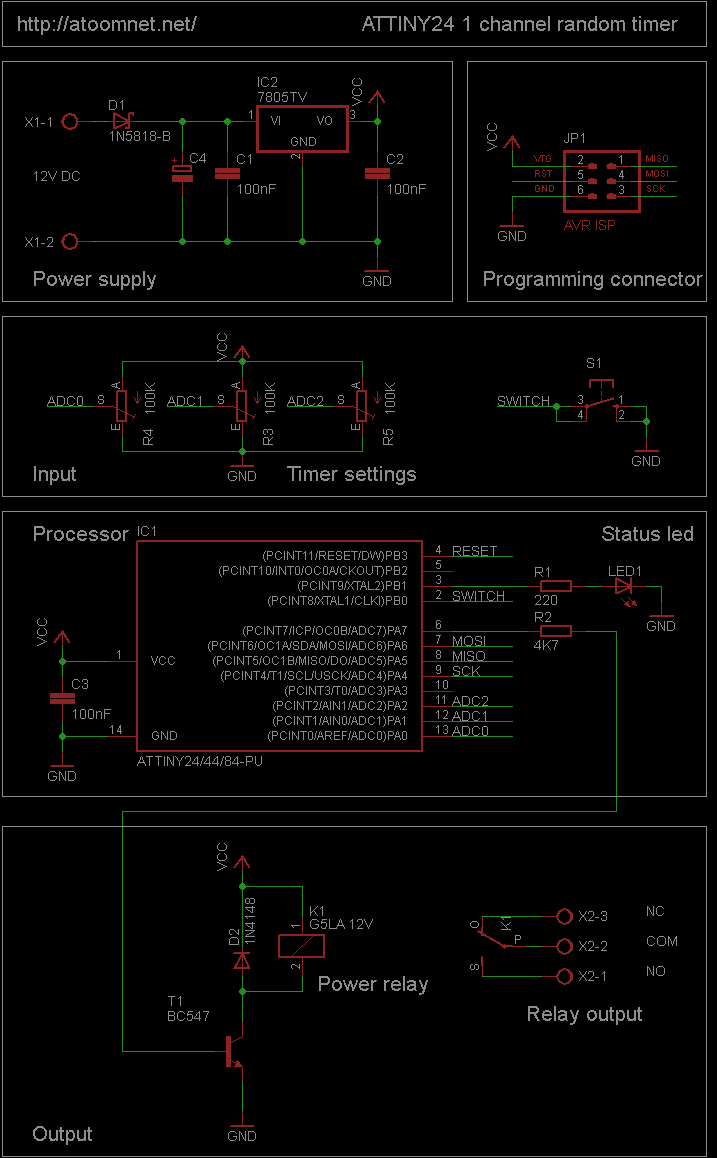
Time Switch

This circuit is specifically designed for individuals who frequently need to wake up early in the morning. Standard alarms in electronic watches are often insufficiently loud.
The circuit utilizes a high-decibel audio output mechanism to ensure that the alarm is audible even in noisy environments. It incorporates a sound-generating component, such as a piezoelectric buzzer or a small speaker, which is capable of producing a range of frequencies to create a more attention-grabbing sound.
The design may include a microcontroller or timer IC that allows users to set the desired wake-up time accurately. This component can be programmed to activate the alarm at the set time, triggering the audio output device. Additionally, the circuit may feature adjustable volume controls to cater to individual preferences, ensuring that the alarm can be customized for different settings.
Power supply options for this circuit can vary, including battery-powered designs for portability or AC mains-powered versions for stationary use. A power management system may be integrated to optimize battery life and prevent over-discharge in battery-operated models.
Furthermore, the circuit may include visual indicators, such as LEDs, to provide a visual cue when the alarm is set or activated. This can enhance usability, especially in low-light conditions.
In summary, this wake-up alarm circuit is engineered to deliver a loud and effective alert, making it ideal for users who require a reliable waking mechanism. Its features prioritize user customization and adaptability, ensuring it meets the diverse needs of early risers.This circuit is especially designed for those who often need to wake up early in the morning. Ordinary alarms in electronic watches are not loud enough an.. 🔗 External reference
The circuit utilizes a high-decibel audio output mechanism to ensure that the alarm is audible even in noisy environments. It incorporates a sound-generating component, such as a piezoelectric buzzer or a small speaker, which is capable of producing a range of frequencies to create a more attention-grabbing sound.
The design may include a microcontroller or timer IC that allows users to set the desired wake-up time accurately. This component can be programmed to activate the alarm at the set time, triggering the audio output device. Additionally, the circuit may feature adjustable volume controls to cater to individual preferences, ensuring that the alarm can be customized for different settings.
Power supply options for this circuit can vary, including battery-powered designs for portability or AC mains-powered versions for stationary use. A power management system may be integrated to optimize battery life and prevent over-discharge in battery-operated models.
Furthermore, the circuit may include visual indicators, such as LEDs, to provide a visual cue when the alarm is set or activated. This can enhance usability, especially in low-light conditions.
In summary, this wake-up alarm circuit is engineered to deliver a loud and effective alert, making it ideal for users who require a reliable waking mechanism. Its features prioritize user customization and adaptability, ensuring it meets the diverse needs of early risers.This circuit is especially designed for those who often need to wake up early in the morning. Ordinary alarms in electronic watches are not loud enough an.. 🔗 External reference
Warning: include(partials/cookie-banner.php): Failed to open stream: Permission denied in /var/www/html/nextgr/view-circuit.php on line 713
Warning: include(): Failed opening 'partials/cookie-banner.php' for inclusion (include_path='.:/usr/share/php') in /var/www/html/nextgr/view-circuit.php on line 713





